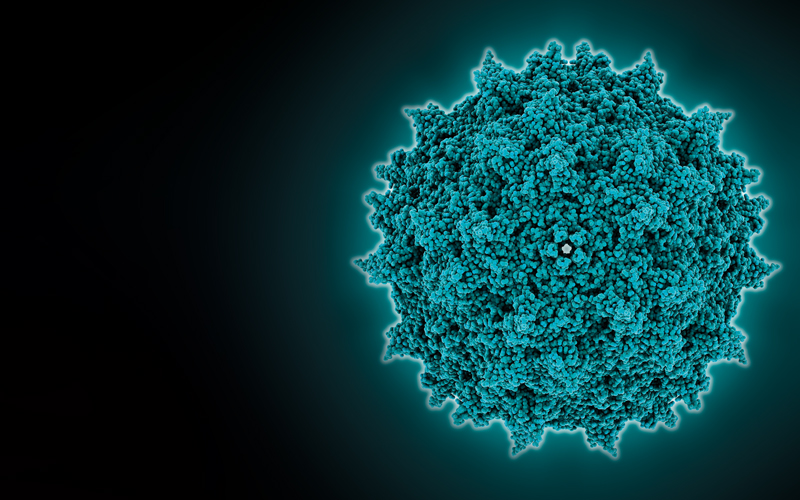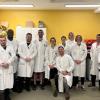A study has shed light on an unexpected wave of severe acute hepatitis cases in 2022, amid the backdrop of the ongoing global COVID-19 pandemic.

The outbreak affected only children under the age of 10. Within a year, more than 1000 children from 35 countries with hepatitis of unknown origin were reported to the World Health Organization. In 12 months, cases seemed to stop just as quickly as they appeared.
The study found it was caused by an infection of different viruses at the same time, but also revealed cases were higher and more severe than initially thought.
“When the outbreak unfolded, the increase of cases was baffling; it was intriguing as to how these cases occurred and why there were cases from the UK as well as cases from the US,” said co-author Professor Guy Eslick from the University of Sydney.
The team pooled evidence from all available studies reporting on cases of hepatitis of unknown origin, where doctors were unable to determine the cause. They found that the number of cases was higher and more severe than initially thought, with the data covering 33 reports and more than 3000 cases. The mortality rate was 3.5%.
There was also strong evidence supporting a leading theory the hepatitis was caused by infection of different viruses at the same time.
A common childhood virus called adeno-associated virus 2 (AAV2) was present in blood and tissue samples from the majority of children with unexplained hepatitis, and many were infected by multiple “helper viruses”.
The timing of the outbreak and the COVID-19 pandemic potentially also played a role. After COVID-19 pandemic restrictions were lifted, young children who had been isolated had immune systems less trained to fight off common childhood infections.
Image Credit | Science Photo Library




